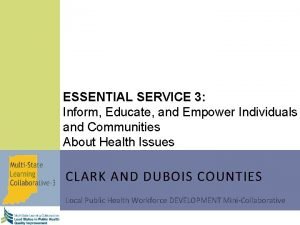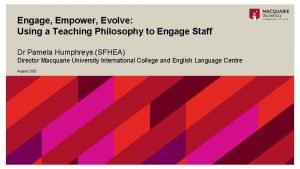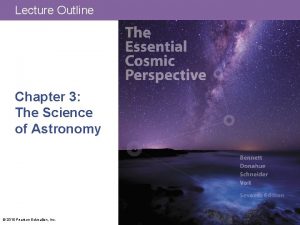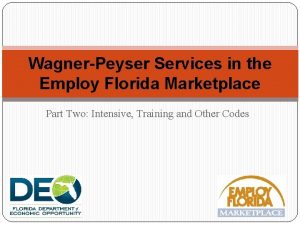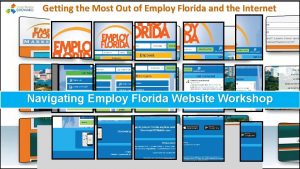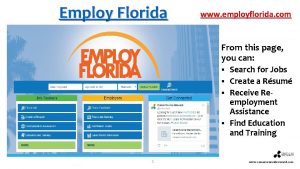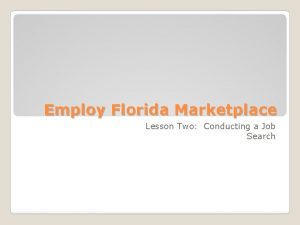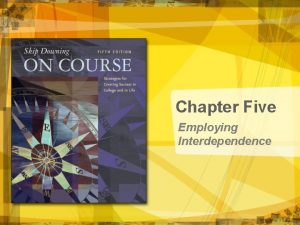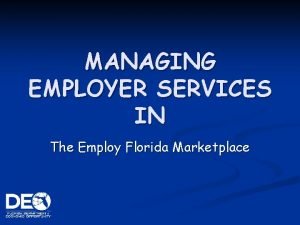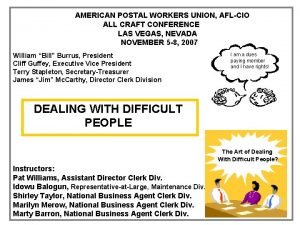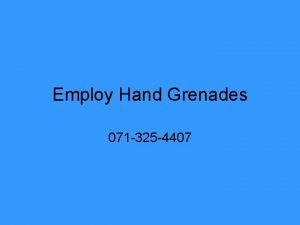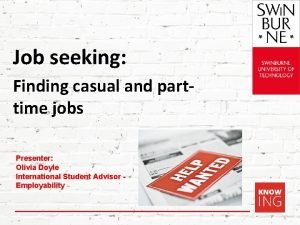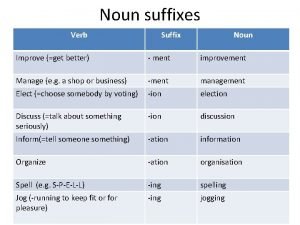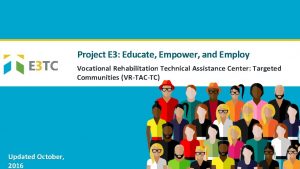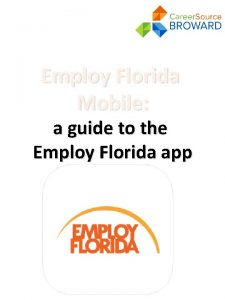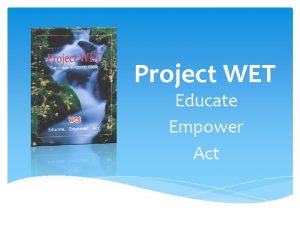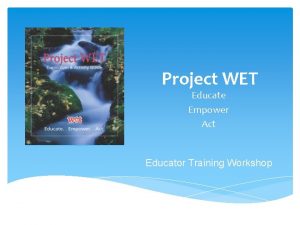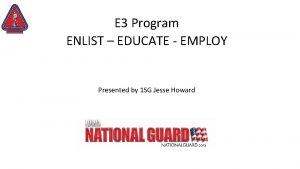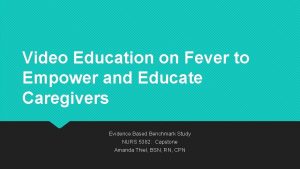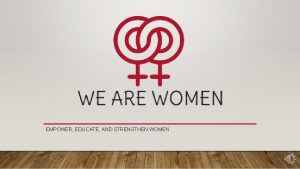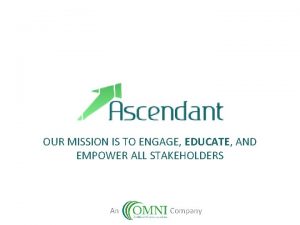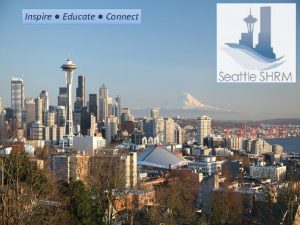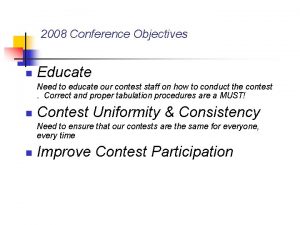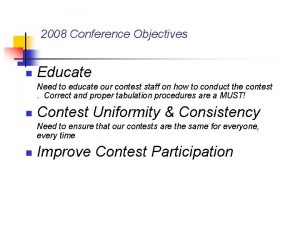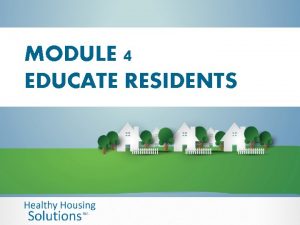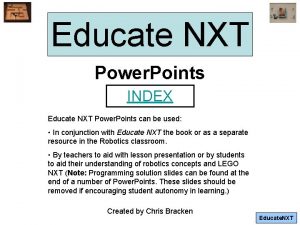Project E 3 Educate Empower and Employ Vocational
















- Slides: 16

Project E 3: Educate, Empower, and Employ Vocational Rehabilitation Technical Assistance Center: Targeted Communities (VR-TAC-TC) Updated October, 2016

Project E 3: Educate, Empower, Employ VOCATIO NAL REHABI LI TATION TECHN ICAL ASSISTANCE CENTER: TARGETED CO MMUNIT IES (VR-TAC-TC) The Vocational Rehabilitation Technical Assistance Center: Targeted Communities (VR-TAC-TC) is established under a grant from the Department of Education, Rehabilitation Services Administration (RSA) award CFDA 84. 264 F. The opinions expressed in this presentation are those of VR-TAC-TC, not of RSA.

Intensive Technical Assistance Project: Montana

High Leverage Groups with National Applicability • Specific groups of interest are: Persons with Alcohol and Other Drug Addictions (AODA) Persons with Psychiatric Disorders Persons with Traumatic Brain Injury

TC 1 - Glacier and Pondera Counties

Community Partners • Montana Vocational Rehabilitation and Blind Services • Blackfeet Manpower • Blackfeet Community College • Blackfeet Community Hospital • DPHHS Indian Health Office

Barriers to Employment Rural environment Seasonal employment Limited opportunities for year round employment and limited fields of work (restricted labor market) Lack of culturally appropriate outreach Ambivalence limiting engagement in service State VR under Order of Selection

Project Goals Improve outreach to community and awareness of VR services Increase working alliance between VR clients and counselors Increase self-determination of VR clients Maintain or increase health and function of VR clients Increase client engagement in vocational rehabilitation services Increase outcome expectations regarding employment Increase capacity to obtain integrated, competitive employment Increase capacity to retain integrated, competitive employment

Intensive TA Services Identification and Outreach Counselor training in motivational interviewing ICF model as a VR model and ICF assessment (RRTC-EBP-VR) Motivational interviewing group curriculum (RRTC-EBP-VR)

Intensive TA Services (Cont’d) Self-employment strategies Business Engagement Social skills training Career exploration counseling Job search skills (e. g. , impression management)

TC 2 - Big Horn County

Initial outreach – Big Horn County First meetings were with Little Big Horn Community College and the Montana VRBS vocational rehabilitation counselor responsible for providing services to this area: • Michael Norbury (Montana VRBS) • Patricia Whiteman (Little Big Horn College) Focus of meetings was to identify leaders of different organizations providing services to populations of interest

Outreach to Crow Nation Outreach conducted through phone, email, and ultimately, visits to the area to make contact with service providers, tribal elders, and other community stakeholders Subsequent meetings were held to bring these different individuals together to: • Identify community needs • Identify community barriers • Determine what intensive technical assistance would be the most beneficial to the local population

Current Efforts in the Crow Nation Facilitating or reconnecting connections with the community Rekindling relationships between Montana VRBS, the Billings Independent Living Center, and the Crow Nation Building capacity for future resource generation

Unique Lessons learned from outreach to Crow Nation Important to be aware of relationships across tribes • There is a great deal of history across neighboring tribes. • Initial efforts to serve Northern Cheyenne and Crow nations in some combined fashion were quickly corrected. There needs to be a foundation under the services we are providing • In the Crow Nation, there was little in the way of disability services being provided. Relationship building with the community has taken up most of our time. • The poverty experienced in these tribes seems to contribute to misunderstandings between members of the tribes and the surrounding community

Questions and Conclusion Questions or insights? The work being accomplished in Montana, although slow, has been rewarding and hopefully impactful for people with disabilities in the targeted communities.
 Inform educate and empower public health
Inform educate and empower public health Explore engage empower
Explore engage empower How did tycho brahe and kepler employ the scientific method
How did tycho brahe and kepler employ the scientific method Employment florida marketplace
Employment florida marketplace Employ florida account
Employ florida account 1. what condition threatens peeta's life?
1. what condition threatens peeta's life? Why do the conspirators plant papers on brutus’s chair?
Why do the conspirators plant papers on brutus’s chair? Employflorida
Employflorida Employ florida marketplace
Employ florida marketplace Employ interdependence
Employ interdependence Employ florida marketplace
Employ florida marketplace Employ
Employ Employ hand grenades
Employ hand grenades Swin employ
Swin employ Microsoft mission and vision
Microsoft mission and vision Educate your desires
Educate your desires Noun improve
Noun improve
